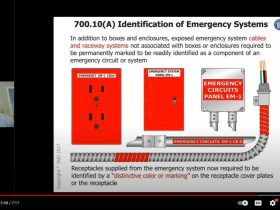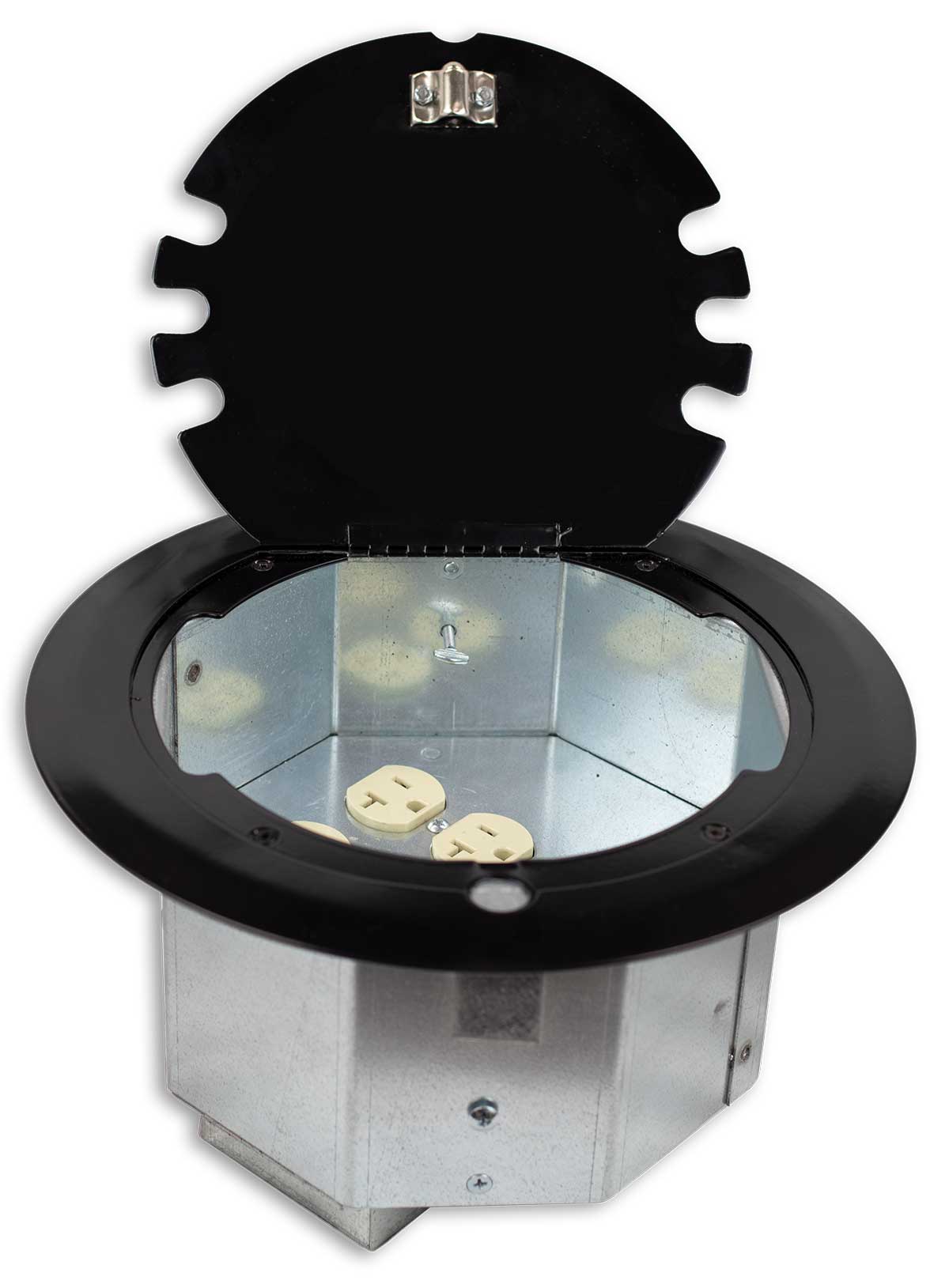One of the most fundamental elements of an electrical installation is the connecting of the wiring method to an overcurrent device. Seems simple right? All most people seem to do (including inspectors) is to look at Table 310.16 and match up the numbers to a fuse or breaker. Unfortunately the actual selection process can be much more complicated than that.
To begin with you must do a load calculation based on Article 220. Once the load is known the proper size wire can be determined by reviewing the ampacity of the conductor. To do this correctly it is necessary to look at the XXX.80 section, where applicable, of the particular wiring method article and see if there are any special limitations or restrictions placed on the ampacity of those wiring methods. One example of this would be 334.80 for Type NM cable which is basically limited to 600 C even though it is manufactured with 900 C insulation. This is also true for Type AC cable where installed in thermal insulation. Some wiring method articles give you specific ampacities or refer you to another article to be used to determine the allowable ampacity of the conductor. Where the wiring methods are installed in cable trays, careful attention must be given to the provisions contained in Article 392 in order to determine the conductor ampacities. Section 310.15 needs to be reviewed for any adjustment factors and you must also check to see if any correction for ambient temperature must be done. Just when you thought it was safe to get out of the truck, the very important temperature limitation provisions in 110.14(C) must also be taken into account. Remember that all this is done before you even uncoil the wire! No wonder electricians charge so much and electrical permits cost so much.
Now that you have done this and have the wires run, it has to get simpler doesn’t it? Well, not really. There are two basic sections of Article 240 that you have to look at before determining the rating of the overcurrent device to be used. The first one is 240.3 which deals with protection for equipment and Table 240.3 lists the other articles for specific equipment that must be reviewed to find any unique requirements for overcurrent protection that must be met. The other section is 240.4 which deals with overcurrent protection for the conductors themselves. This section simply states that you protect conductors against overcurrent according to their ampacities specified in 310.15 unless otherwise permitted or required in 240.4(A) through (G). So the trail starts all over again. In order to properly apply this seemingly simple requirement, each of the sections, (A) through (G) must be reviewed for applicability to the specific installation. (A) deals with power loss hazards and the text is self-explanatory. (B) deals with devices rated 800 amperes or less and is commonly referred to as the “rounding-up rule.” Proper application of this provision involves the use of 240.6 for the standard rating of overcurrent devices. (C) covers devices rated over 800 amperes and in general does not allow for rounding up. Keep in mind that this may be modified for specific equipment or conductor applications. The next provision deals with small conductors which are stated as being 14, 12, and 10 AWG. Section 240.4(D) places limits on the overcurrent protection for these conductors unless different values are specifically permitted in (E) through (G). Here we go again. (E) deals with protection of tap conductors and refers to eight other sections for those specific requirements. (F) contains requirements for protection of transformer secondary conductors. Finally, (G) provides us with a list of specific applications for conductors where the referenced sections from Table 240.4(G) provide unique requirements for overcurrent protection based on specialized usage. Among these applications are air-conditioning and refrigeration circuits, motor and control circuit conductors, and motor-operated appliance circuit conductors. These special application rules have been developed to provide short-circuit and ground-fault protection for the circuits and equipment while allowing for the higher starting currents involved. Motor overload protective devices are provided to deal with overload conditions. Once the size of the overcurrent device is determined, don’t forget to review the equipment nameplate or installation instructions for any requirements covered by the listing that may call for a specific type of overcurrent device, such as fuse only or time delay fuses.
I hope this brief overview of wiring methods and overcurrent devices hasn’t scared you. It seems that most of these checks and calculations occur to the “seasoned” installer or inspector on the subconscious level, that is, we take all of this into account without really realizing how many steps are really involved in performing this basic task.










Find Us on Socials